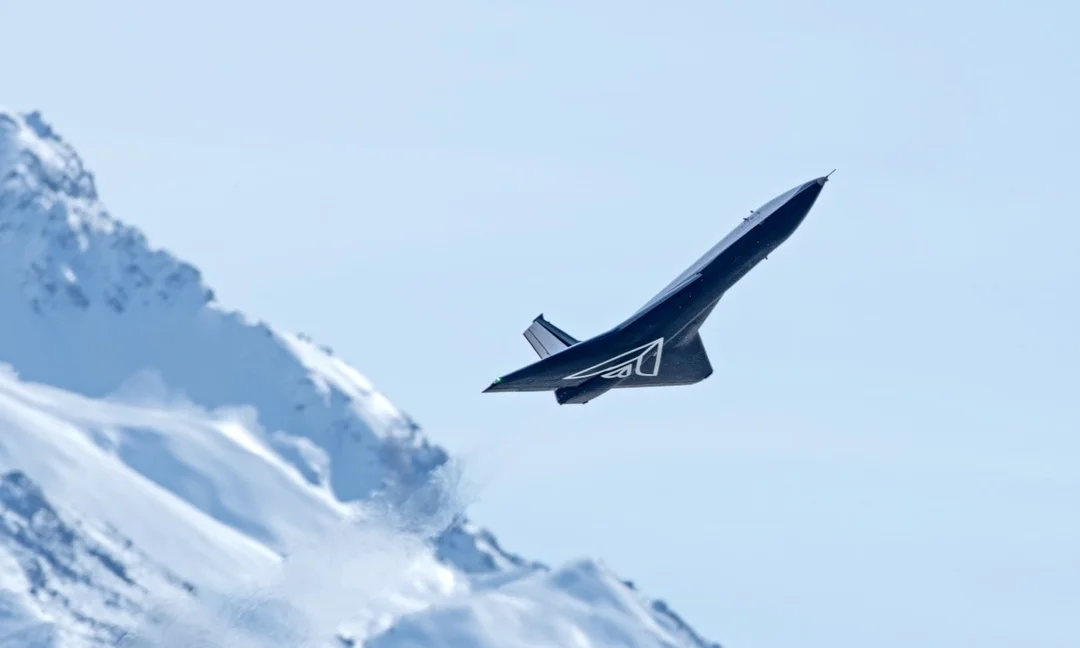
Dawn Aerospace Opens Aurora Spaceplane Sales: Suborbital Flights for All?
Is space truly becoming accessible? Dawn Aerospace, a New Zealand-based company, is betting on it. They've officially started taking orders for their Aurora spaceplane, a reusable vehicle designed for suborbital flights. This isn't just another launch service; Dawn Aerospace is selling the spaceplane *itself* to customers, a move that could revolutionize access to near-space environments. But what does this mean for the future of space research and commercial opportunities?
The Aurora spaceplane, capable of carrying six kilograms of payload to 100 kilometers, is slated for first deliveries in 2027. This represents a significant departure from traditional launch service models. Instead of selling launches, Dawn Aerospace is embracing an “airline” model, empowering customers to operate their own flights. Stefan Powell, CEO of Dawn Aerospace, emphasized this point during a Global Spaceport Alliance webinar, stating that many potential users are willing to pay for space capabilities but simply can’t access them – because it's not for sale.

This approach echoes the commercial aviation sector, where airlines operate aircraft built by manufacturers rather than the manufacturers themselves running the airlines. Dawn Aerospace believes this model offers a far more scalable path to space transportation.
The Aurora spaceplane has undergone rigorous testing, including a November 2024 flight where it reached supersonic speeds (Mach 1.12) at an altitude of 25.1 kilometers. Powell describes it as "an aircraft with the performance of a rocket, not a rocket with wings.” This design philosophy prioritizes reliability, reusability, and scalability from the outset, crucial for the airline-like operational model.
The suborbital version of Aurora will feature increased propellant, engine thrust, and reaction control system thrusters for maneuvering outside the atmosphere. All of these modifications will occur within the existing outer mold line. Dawn Aerospace anticipates the first suborbital vehicle to be ready for flight testing within 18 months, followed by a six-to-nine-month testing program.
A typical suborbital flight will involve a runway takeoff, a direct ascent, reaching speeds of Mach 3.5, and experiencing approximately three minutes of microgravity at the peak of the trajectory. The entire flight, from takeoff to landing, should last about 30 minutes, with the majority of that time spent gliding back to a runway landing.
Aurora is powered by an engine using 90% hydrogen peroxide and kerosene D60 propellants. Weighing 450 kilograms when fully loaded, it can take off from a standard 1,000-meter runway. Dawn Aerospace claims a turnaround time of just six hours for another flight, aiming for a four-hour turnaround to achieve the unprecedented feat of flying above the Kármán Line twice in a single day.
While Dawn Aerospace hasn't publicly disclosed the specific pricing for the Aurora spaceplane, they anticipate a per-flight price of $100,000 to be feasible, potentially higher for customized missions. They project the Aurora could fly 100 times per year, achieving a total revenue of $100 million per vehicle over its design life of 1,000 flights.
Several organizations, including Arizona State University, California Polytechnic State University, Johns Hopkins University, and Scout Space, have already signed on for test flights of the Mark 2 Aurora. These partnerships highlight the strong “technology pull” for suborbital flight for applications ranging from microgravity life sciences research to testing defense payloads.
The Global Spaceport Alliance (GSA) welcomes Dawn Aerospace’s initiative, viewing it as a game-changer for underutilized spaceports. George Nield, chairman of the GSA, points out that spaceports with runways can now offer regular access to space with a reusable system like Aurora.
Dawn Aerospace's bold move to sell, not just fly their spaceplane opens a host of possibilities for research, development, and even tourism. Will this innovative approach truly democratize access to space, or will it remain a niche market? What are your thoughts on this bold new step in aviation advancement? Leave your comments below!